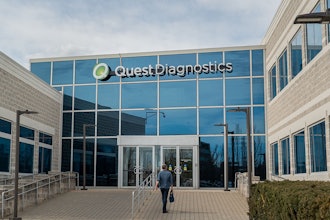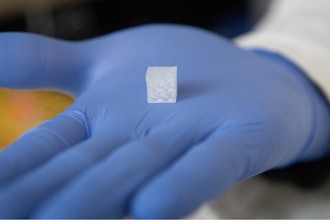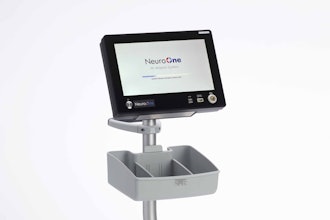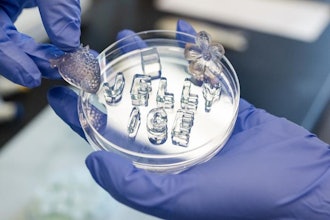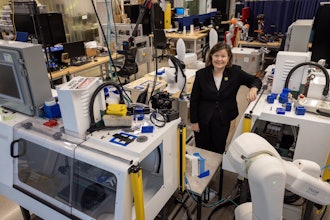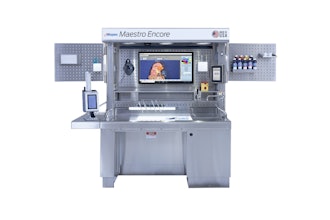
Danaher and the Innovative Genomics Institute (IGI) today launched a collaborative center to develop gene-editing therapies for rare and other diseases, with a goal of creating a new model for future development of a wide range of genomic medicines. The center, known as the Danaher-IGI Beacon for CRISPR Cures, aims to use CRISPR-based gene editing to permanently address hundreds of diseases with a unified research, development and regulatory approach.
Jennifer Doudna – Nobel laureate, CRISPR pioneer and founder of the IGI – will oversee work at the center at the IGI headquarters alongside Fyodor Urnov, IGI's Director of Technology and Translation and Director of the new Beacon. Both are professors at the University of California, Berkeley. Brad Ringeisen, IGI's Executive Director, will also play a key role in the new center. Danaher, a leading global life sciences and diagnostics innovator, will make available an extensive collection of technologies and solutions for the manufacturing of CRISPR-based therapies, and will also work to develop new technologies and approaches intended to simplify and standardize preclinical and clinical development.
The collaboration, which enables a substantial new research program at IGI, is the largest Danaher Beacon to date. The Beacons program funds pioneering academic research with the goal of developing innovative technologies and applications for human health. Focus areas for Beacons include genomic medicines, precision diagnostics, next-generation biomanufacturing, human systems and data sciences.
Rainer Blair, President and CEO, Danaher, said: "CRISPR has enormous therapeutic promise, but there is no standard scientific or regulatory framework for how to get it to patients. To take on a challenge this big, we all need to work together with a sense of urgency across academia, industry, and government. We are thrilled to join forces with some of the finest scientific minds in gene editing at the IGI, bringing R&D and manufacturing talent, technology and expertise from across several of our operating companies in an effort to create transformative solutions for incredibly important but too-often underserved patient communities."
Doudna said: "Combining the strengths of the IGI and Danaher companies in this new center is a uniquely powerful way to deliver on the promise of CRISPR cures. We know how to get CRISPR molecules into the tissues where they need to be. We know the patient communities. And we have the world experts on these diseases on our team. What we need is a blueprint describing all the science and technology required to treat a person using CRISPR. Once that is achieved, I am convinced that CRISPR can become the standard of clinical care for many diseases."
As a first step, the Danaher-IGI Beacon aims to develop gene-editing therapies for two rare genetic disorders called "inborn errors of immunity" (IEIs), hemophagocytic lymphohistiocytosis (HLH) and Artemis-SCID. IEIs have several advantages that the parties believe make them amenable to the combined Danaher/IGI approach, including an extensive patient registry and a transplant-based route of administration that bypasses some key challenges in delivering CRISPR molecules to appropriate tissues.
Collectively, IEIs comprise some 500 distinct diseases that together affect many hundreds of thousands of people worldwide. Yet they are not currently the focus of any major gene-editing trials, largely because designing and testing therapies for each very small IEI patient population would be challenging, slow, and cost-prohibitive. Because of CRISPR's unique ability to be easily reprogrammed to address any gene mutation, the goal of the Beacon for CRISPR Cures is to develop a scalable platform approach that would enable a new medicine to be rapidly built, even for diseases beyond IEIs. The Beacon's goal is for the platform developed at the new center to be expandable across many IEIs, other rare diseases, or more common conditions that could be treated by editing a single specific gene.










